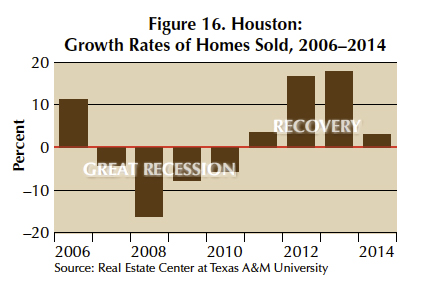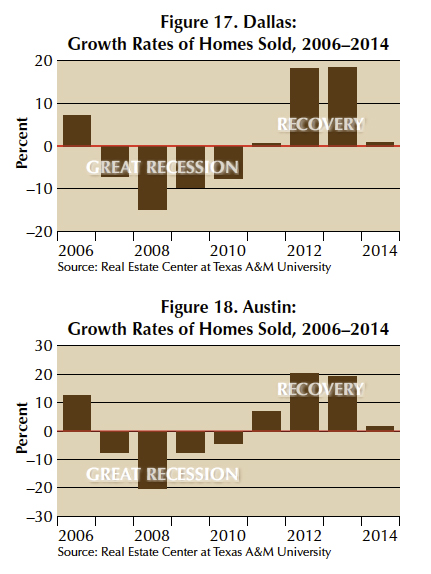
The real estate industry experienced some big changes last month when the Consumer Financial Protection Bureau implemented new rules significantly changing the forms and procedures used in most mortgage loan transactions.
Last week, TAR’s Housing Initiatives Committee hosted a webinar featuring Tamara Tapman of SWBC Mortgage, who reviewed the new requirements. Here are six important takeaways from her presentation:
- The changes don’t apply to all loans. Certain transactions aren’t covered by the new rules. These exemptions include commercial loans, reverse mortgages, and home equity lines of credit.
- Your clients are getting two documents: a Loan Estimate, which borrowers must receive no later than the third business day after the lender receives the borrower’s loan application, and the Closing Disclosure, which borrowers must receive at least three business days before consummation.
- Certain info comprises a loan application. A lender is required to provide the Loan Estimate after receiving six pieces of information from the consumer: his name, Social Security number, and income; the property address; an estimate of the property value; and the amount of the mortgage loan the consumer wants.
- Saturdays count, too. For the Closing Disclosure, “business days” means all calendar days except Sundays and legal public holidays.
- Sellers don’t have a three-day requirement. There is no three-business-day waiting period for the seller’s Closing Disclosure. This can be delivered the day of consummation.
- Your client may have to extend closing. A lender must provide a corrected Closing Disclosure and ensure the borrower receives it no later than three business days from consummation in three situations: The annual percentage rate (APR) increases by more than an eighth of a percent; the loan product changes; or a prepayment penalty is added.
Original article: https://www.texasrealestate.com/advice-for-texas-realtors/article/6-things-you-may-not-know-about-new-closing-rules






























